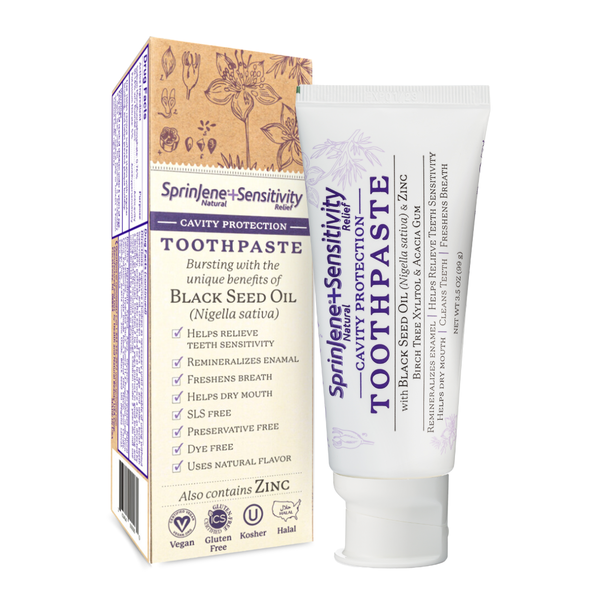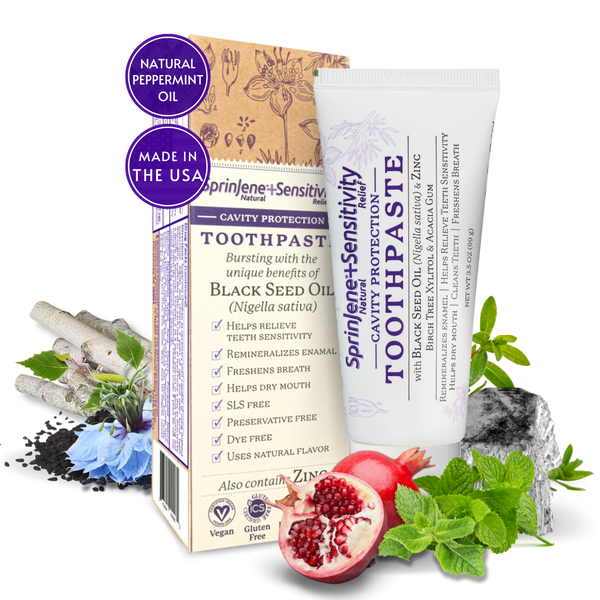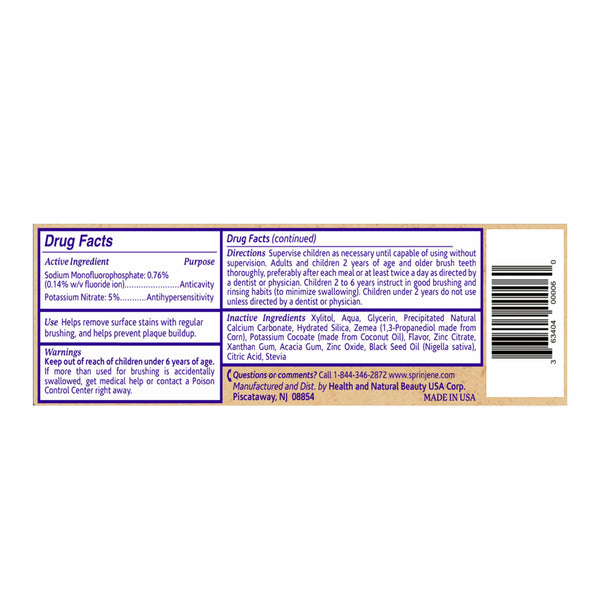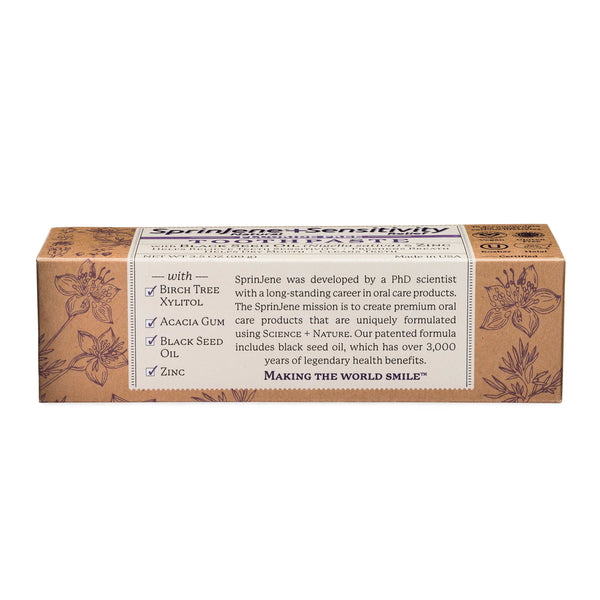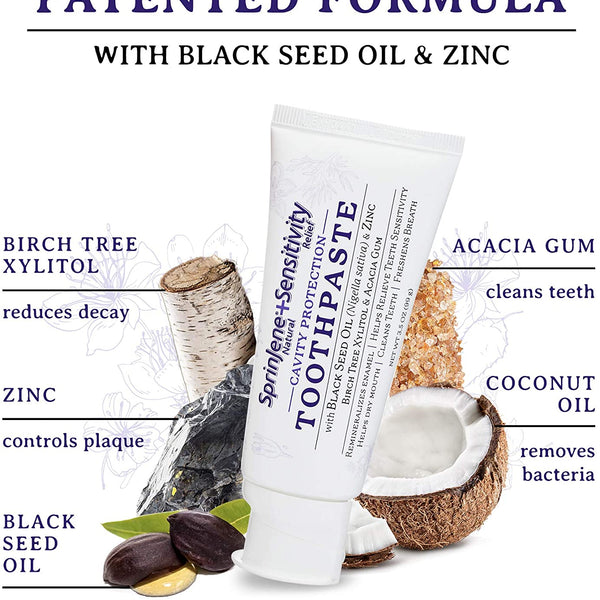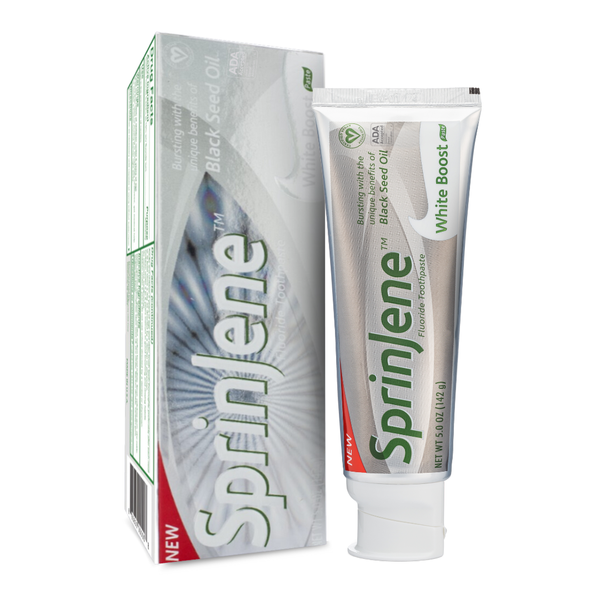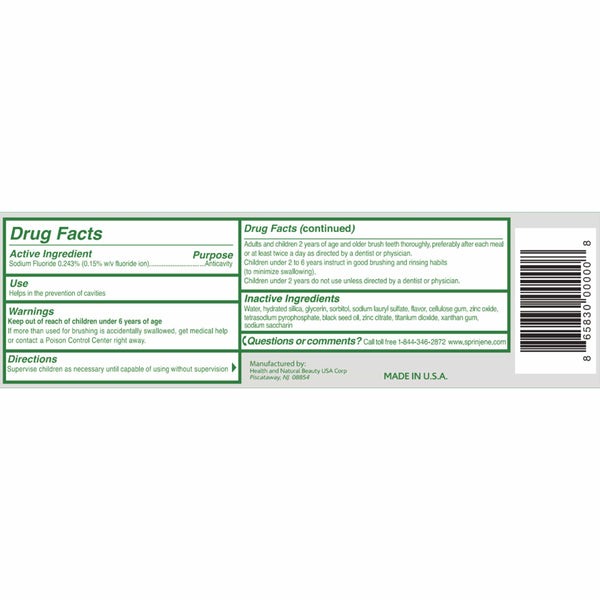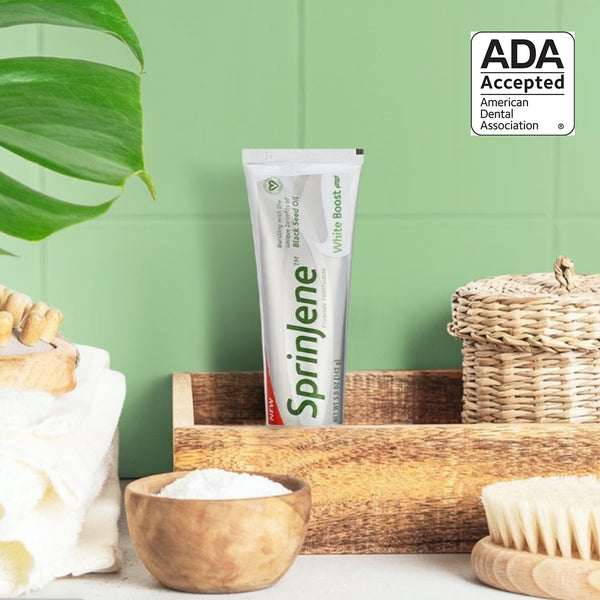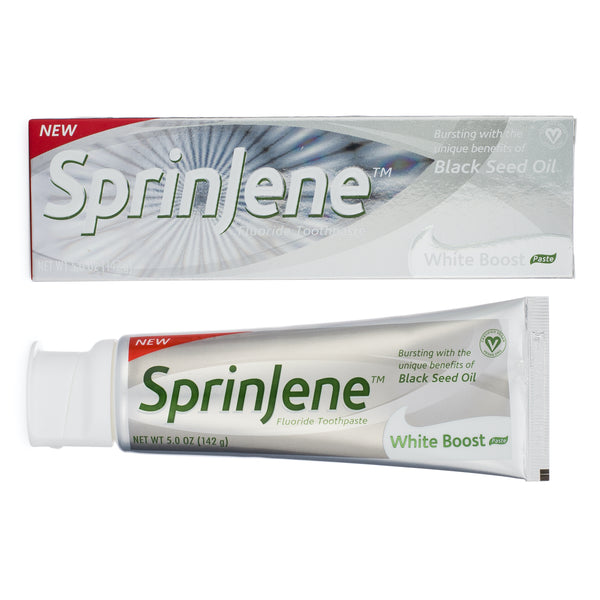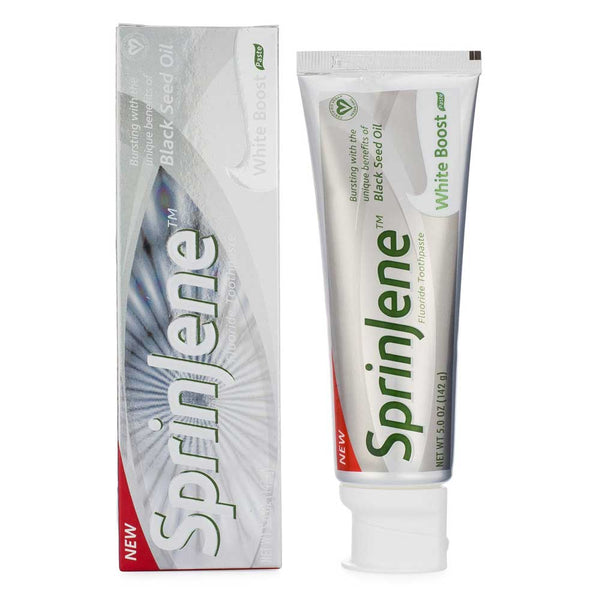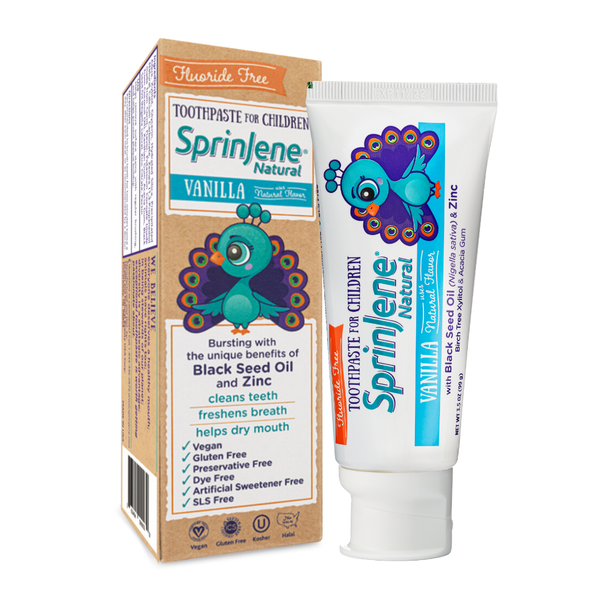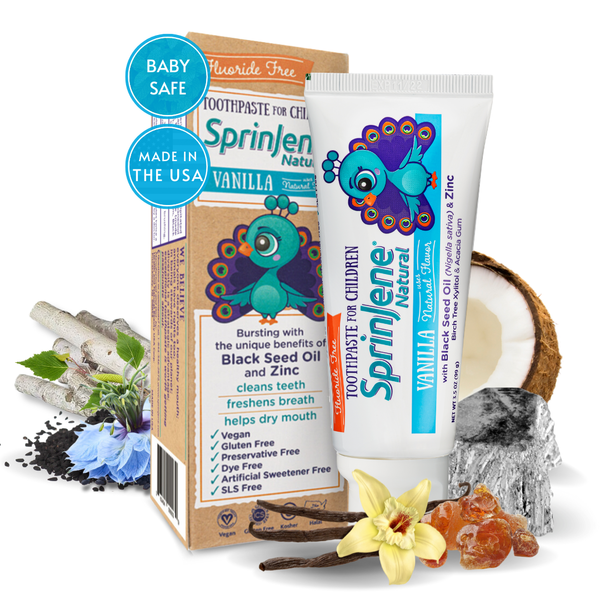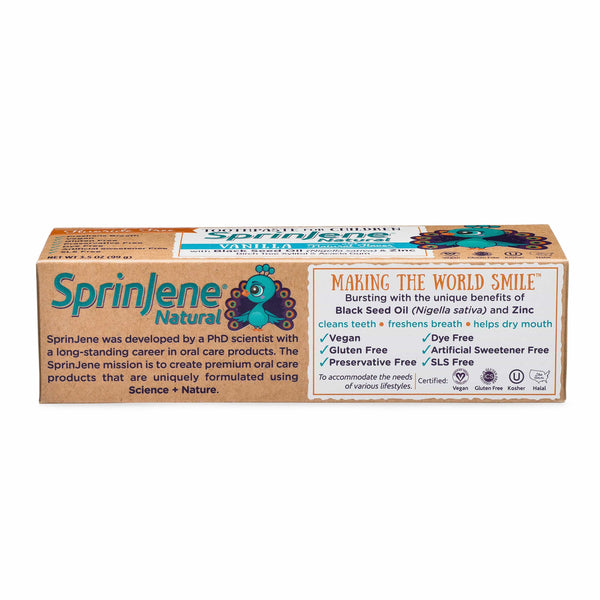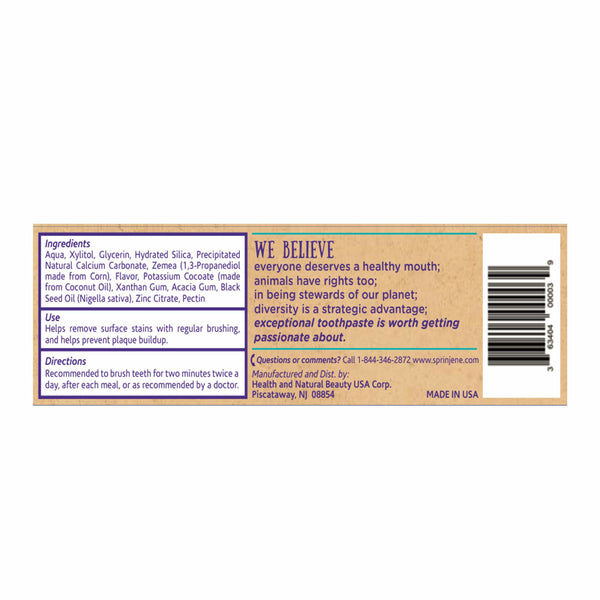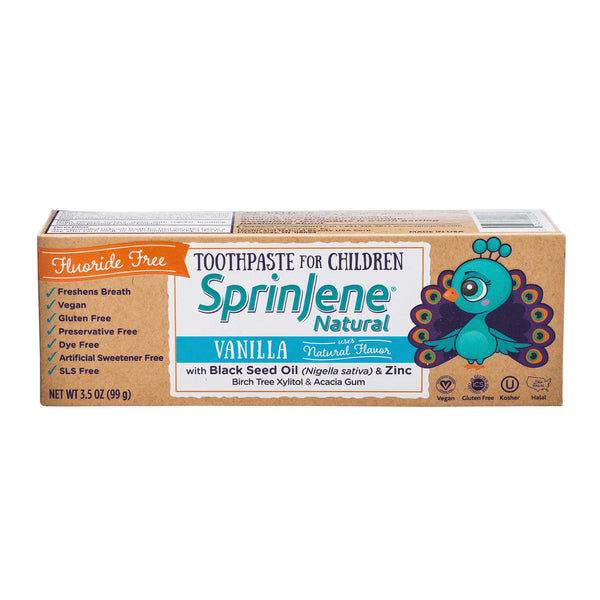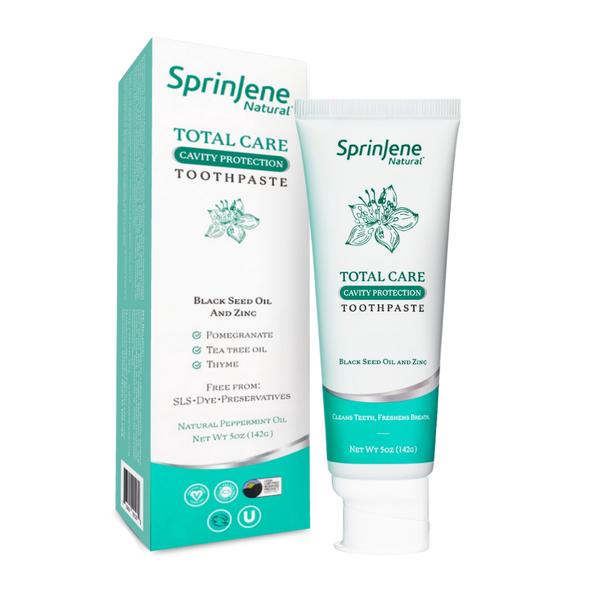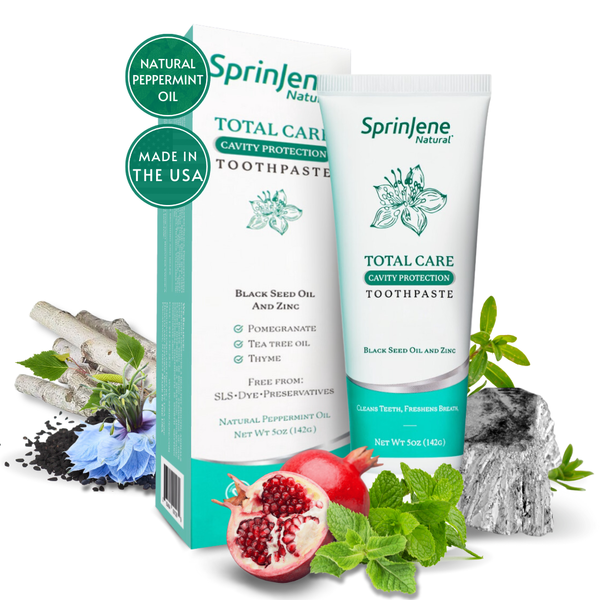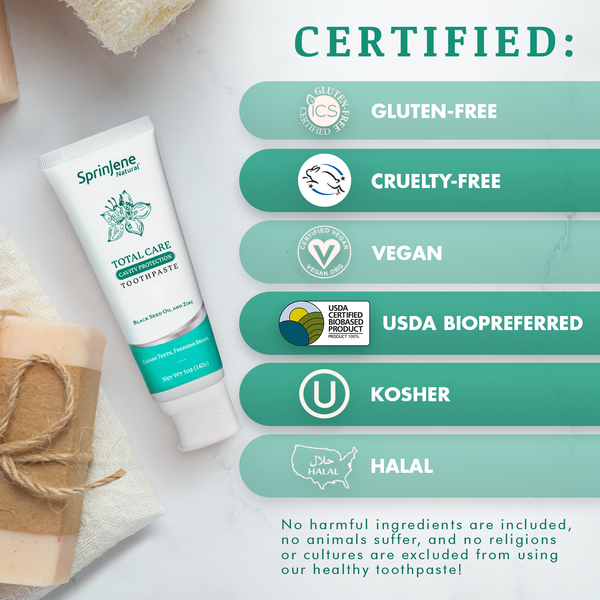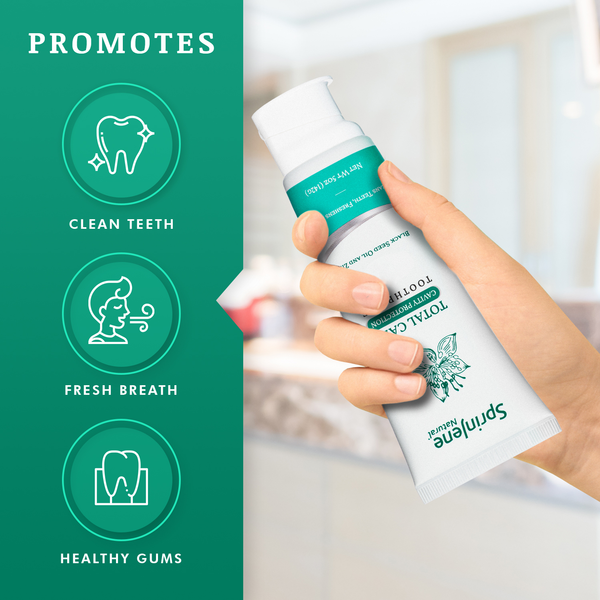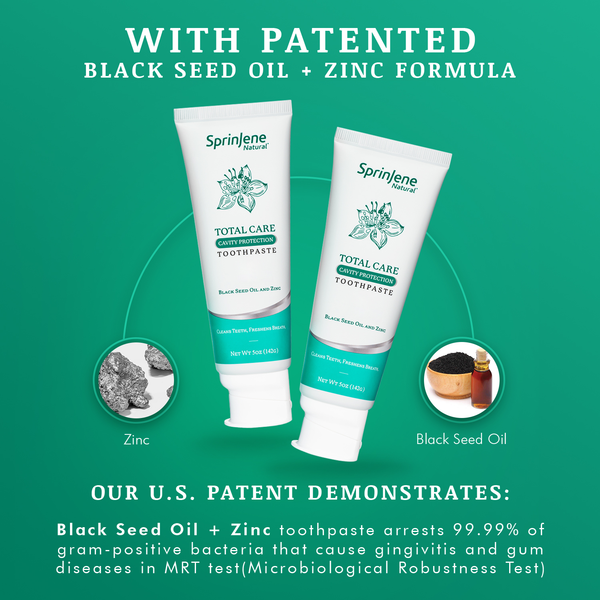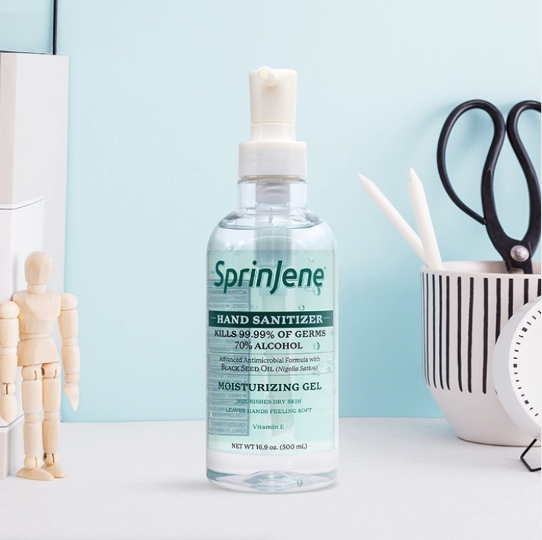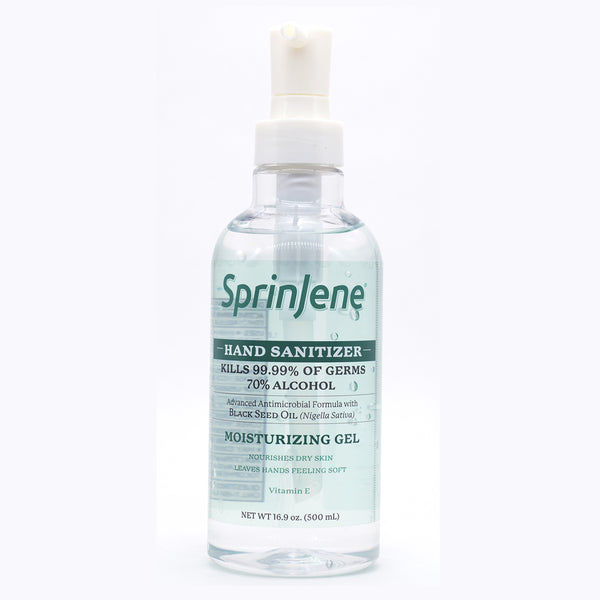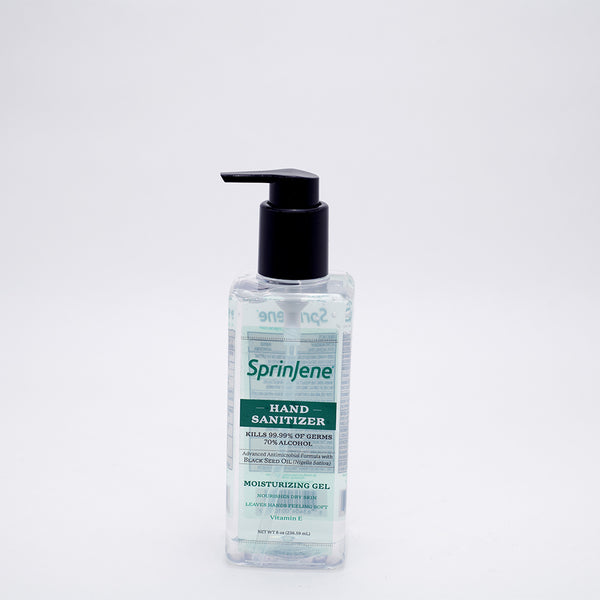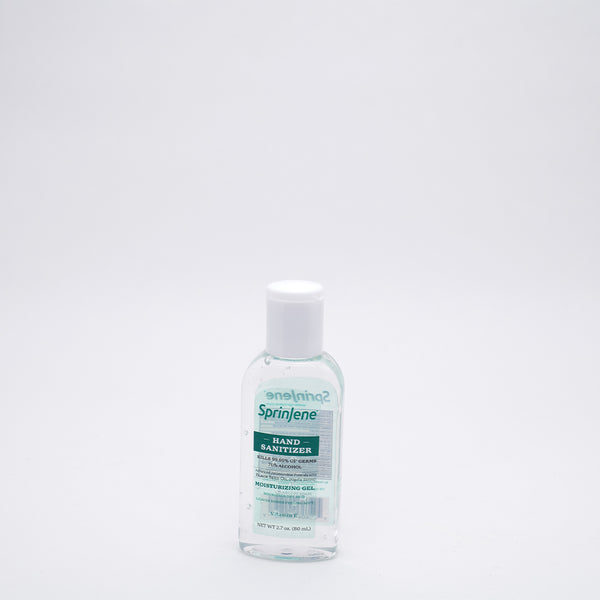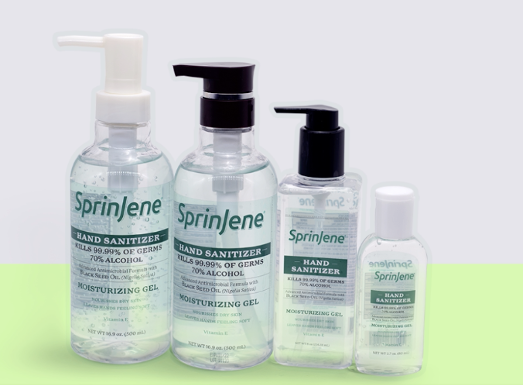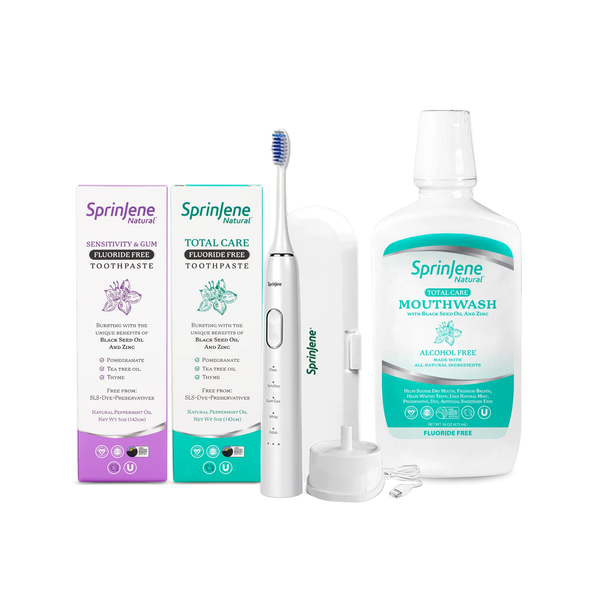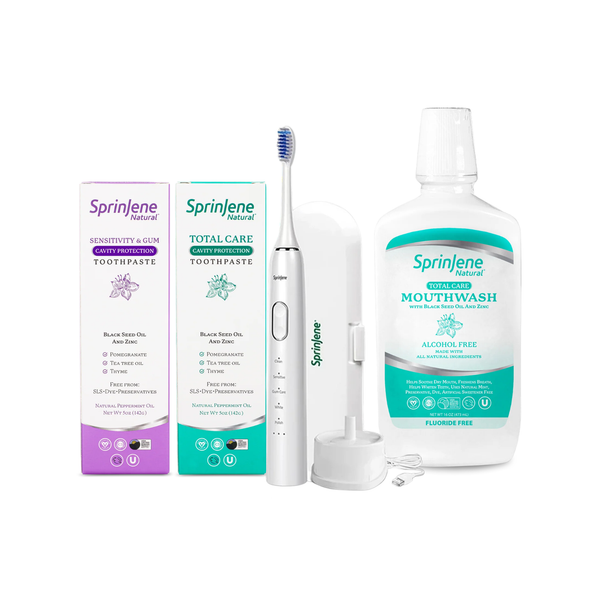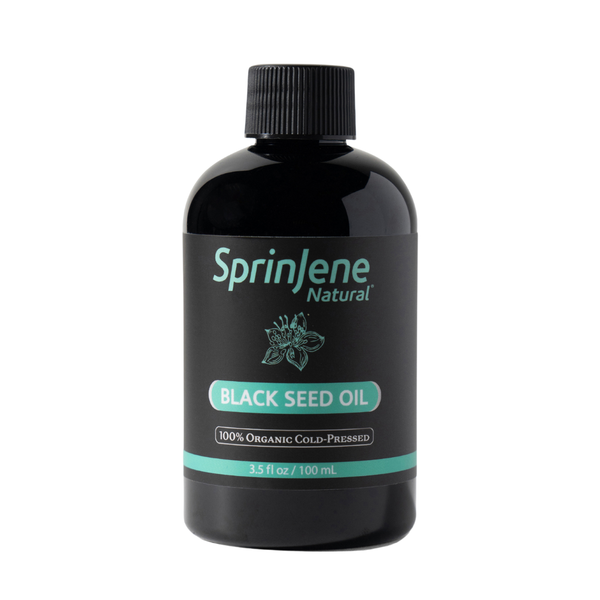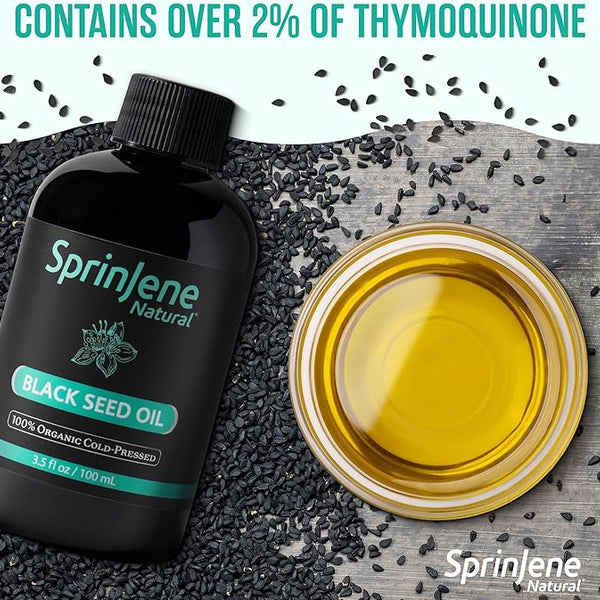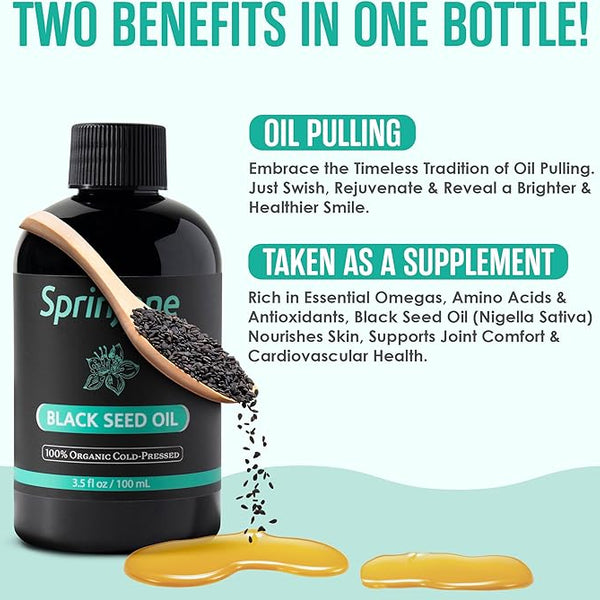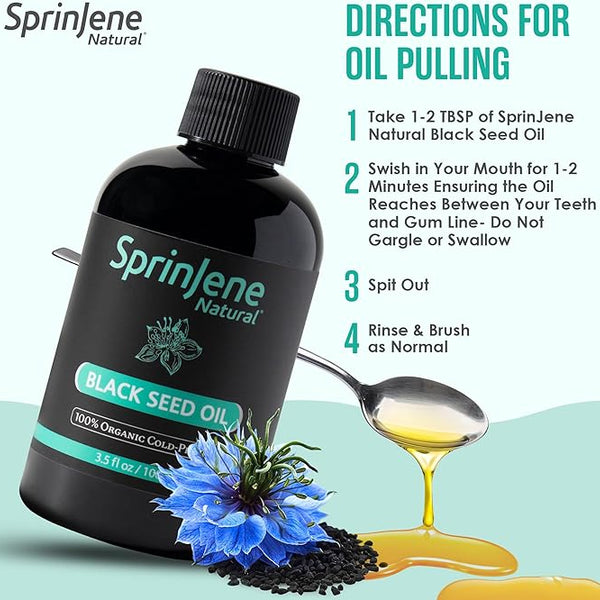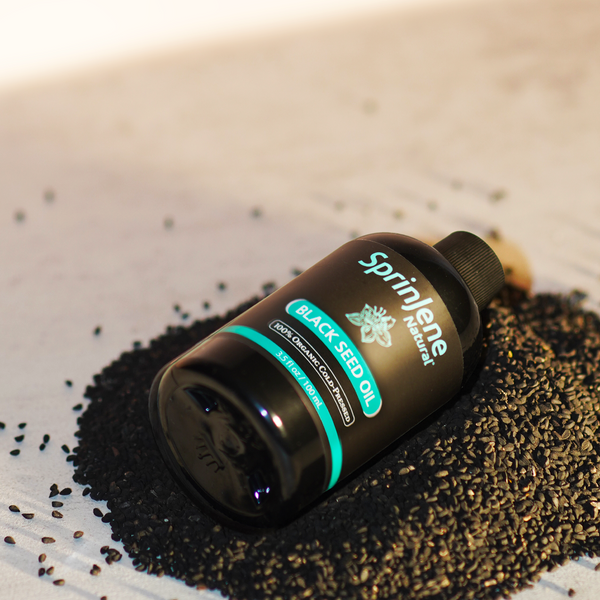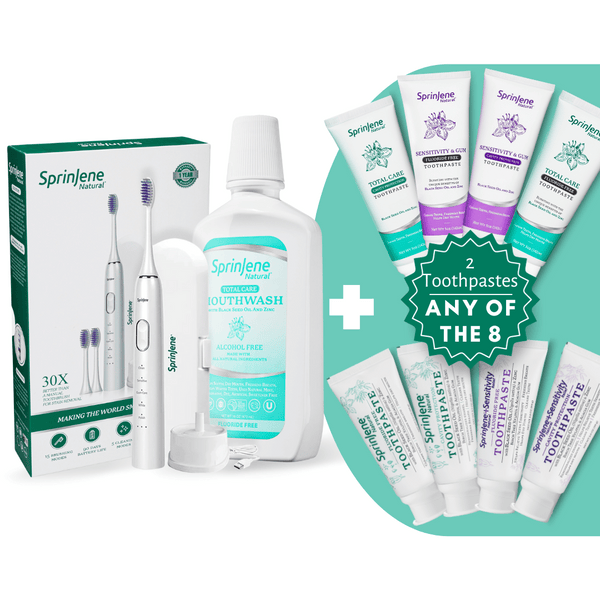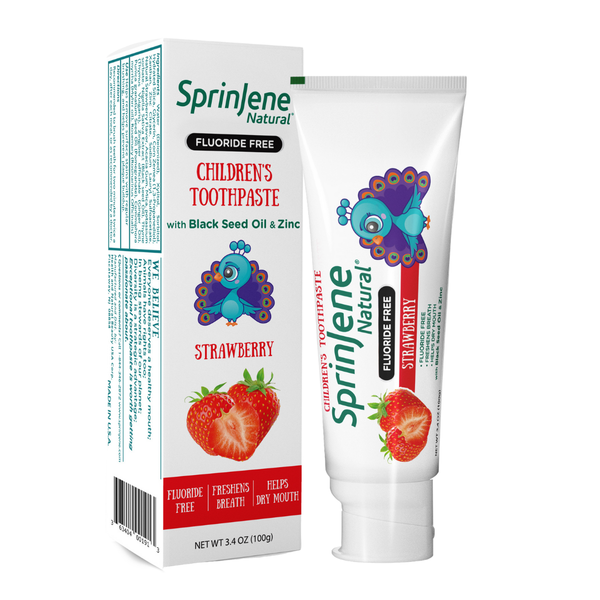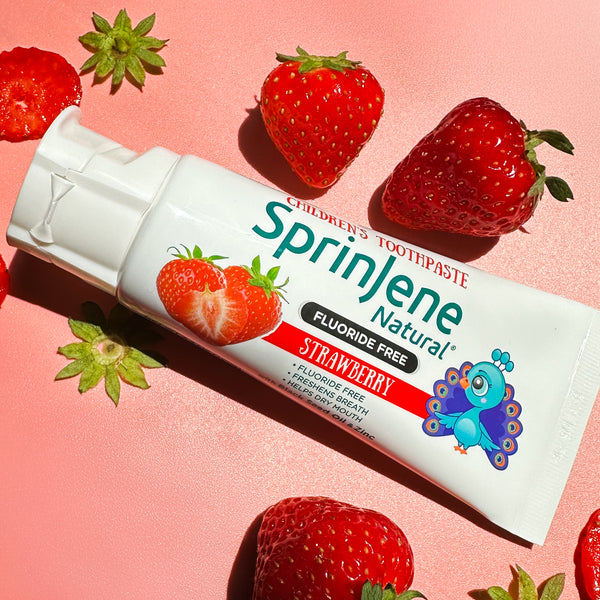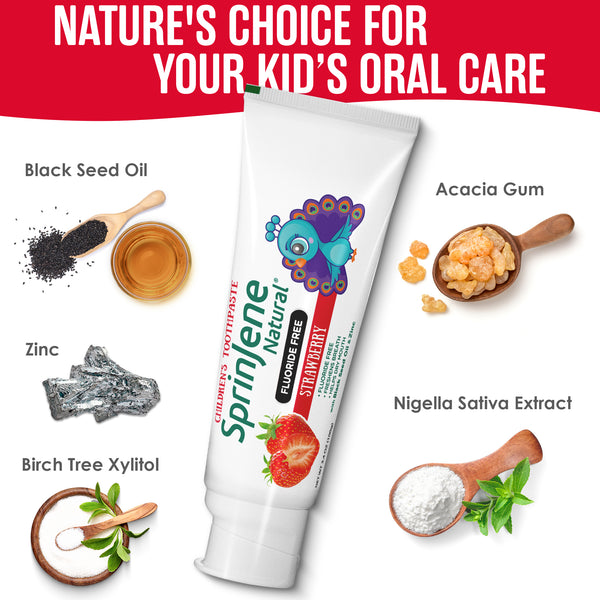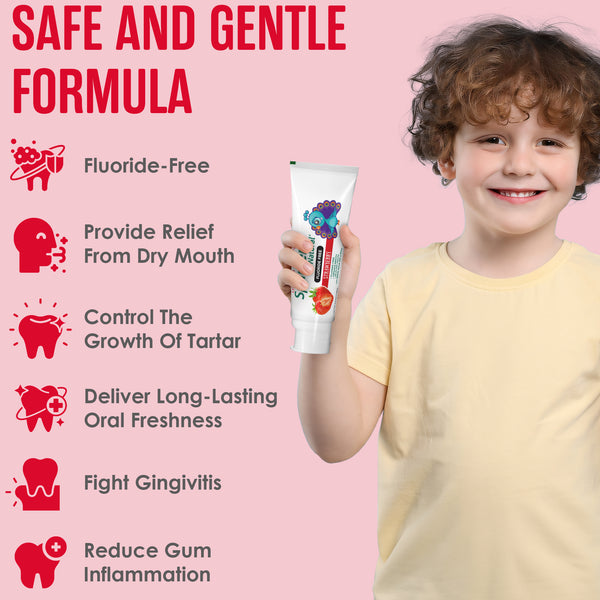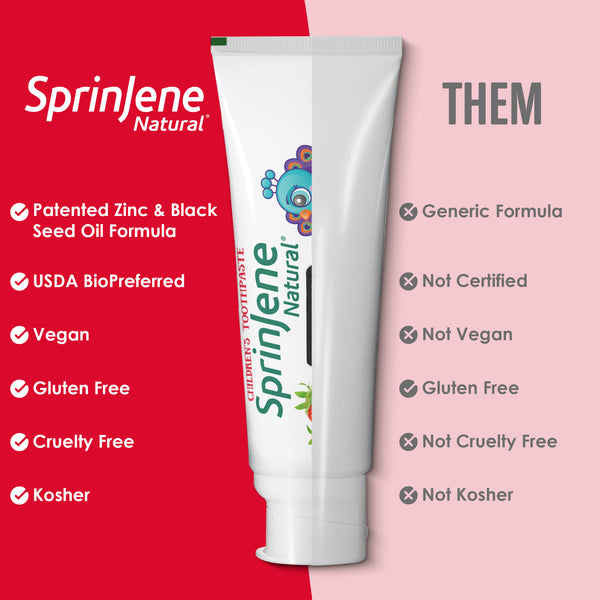
Orthodontic treatment aims to improve functions and facial aesthetics by ensuring harmonious occlusal and jaw relationship; with beneficial effects on the oral health and quality of life of patients. Braces or orthodontic treatment is advised to people who have malocclusion. Malocclusion is defined as the imperfect positioning of teeth when the jaws are closed. In other words, when the upper teeth and lower teeth on both right and left sides don’t fit properly upon closing the mouth and both sides are not balanced it is referred to as malocclusion.
This can cause many problems for example, affect chewing function, it can make speech unclear and can greatly affect your appearance and aesthetics.
Malocclusion can be of many different types:
- Over jet
- Over bite
- Cross bite
- Diastema
- Impacted teeth
- Missing teeth
Each of these conditions can cause misalignment of teeth and result in malocclusion. Each of these situations can be treated with orthodontic treatment. With orthodontic treatment the doctor and the patient need to remain patient as the results aren’t instantaneous. Also treatments success greatly depends on the patient’s cooperation. How regular they are with their appointments and very importantly how well they maintain oral hygiene.
A typical patient undergoing orthodontic treatment has the following apparatus in their mouth at any given time. Wires, brackets, O-ring bands, elastic bands, molar bands, orthodontic wax, power chains and ligature wires. Sometimes certain appliances are also given for instance bite-raise appliances. Each of these tend to catch food debris and become reservoirs for plaque. Orthodontic treatment can take anywhere from 1 to 4 years and during this time patients are advised not to eat sticky or hard foods that can get stuck in their teeth or brackets which would then be impossible to get out without removing the brackets. There are also chances of the wires snapping or brackets coming loose. Therefore, it is very important that oral hygiene in orthodontic patients is stressed supremely to avoid cavities and tartar buildup which would then result in the treatment getting prolonged or failing.
Toothpaste: What Kind of Toothpaste Should I Use With Braces?
If you visit the supermarket to look for a toothpaste to use while you’re wearing braces, you’re going to see a huge variety of different kinds of toothpaste brands in dozens of flavors, and a mix of ingredients. Different kinds of toothpaste have different purposes, with formulas for whitening, freshening, tartar control, and sensitivity.
You may be wondering, what kind of toothpaste would best suit you while you’re wearing braces? It’s very important that you brush three times a day and floss after meals because food can easily get stuck in braces, possibly leading to decay if the food isn’t brushed or flossed away.
Here are the ingredients that should absolutely be present in your toothpaste so that you can keep your teeth clean while letting the braces do their job.
Use Fluoride Toothpaste:
Your toothpaste must have fluoride in it. Fluoride makes the enamel on your teeth strong, makes tooth decay less likely, and minimizes acid damage from acid erosion that’s caused by certain foods and drinks. SprinJene natural tooth paste offers 7 different varieties of fluoride tooth pastes with the added benefit of many other ‘good for you’ ingredients mentioned below.
Tartar Control is a Must:
Your toothpaste should be one that promotes tartar control. Tartar is a hard substance that is caused by continuous plaque build-up, which can lead to tooth decay and periodontal disease. Zinc and silica present in SprinJene toothpaste work toward controlling growth of bacteria, plaque tartar and help remove and flush away food debris and stains leaving your teeth and gums healthy and clean.
Patented Black Seed Oil Formula:
SprinJene Natural Cavity Protection Toothpaste features a patented formula with zinc and black seed oil, along with beneficial ingredients like coconut oil, birch tree xylitol, and acacia gum. This patented natural toothpaste formula can help to:
- Provide relief from dry mouth.
- Control the growth of tartar.
- Deliver long-lasting oral freshness.
- Fight gingivitis (gum disease).
- Reduce gum inflammation.
Don’t Use Whitening Products:
Many toothpastes are designed to whiten teeth. If you’re wearing braces, however, you have pieces of metal or ceramic cemented to your teeth that the toothpaste wouldn’t touch. Your teeth wouldn’t end up whitening evenly and once the braces are removed, the enamel would be patchy and several different colors. Hence whitening tooth pastes should be held off until after completion of orthodontic treatment.
Of course, you must continue your dental visits twice a year for cleanings to achieve good overall dental hygiene.
One of the major adverse sequalae of fixed orthodontic therapy is enamel surface demineralization or white spot lesions. They appear during or sometimes persist after orthodontic treatment. White spot lesions seem to be caused by several factors including inadequate elimination of dental plaque due to fixed appliances that limit the self-cleansing mechanism of the oral musculature and saliva, and change in bacterial flora during appliance wear.
A study was conducted to observe the effects of fluoride tooth paste on white spot lesions and here is the conclusion.
Conclusions
Following conclusions could be drawn from the present investigation:
- Daily use of high-fluoride toothpaste can significantly reduce the prevalence and incidence of white spot lesions adjacent to fixed orthodontic appliances in adolescents.
- High-fluoride toothpaste should be considered as one of several alternative fluoride supplements for patients subjected to a temporarily increased caries risk.
This proves the importance of the use of fluoride toothpaste and its anti-cariogenic properties.
References:
- Mikael Sonesson,Svante Twetman, Lars Bondemark European Journal of Orthodontics, Volume 36, Issue 6, December 2014, Pages 678–682, https://doi.org/10.1093/ejo/cjt096
- Orthodontic treatment-related white spot lesions: a 14-year prospective quantitative follow-up, including bonding material assessment. American Journal of Orthodontics and Dentofacial Orthopedics138: e1–8; discussion 136
- White Spots Lesions in Orthodontic Treatment and fluoride-clinical evidence. By Hakima Aghoutan, Sana Alami, Farid El Quars, Samir Diouny and Farid Bourzgui. June 17th 2014Reviewed: September16th 2015 published march 11th 2015




